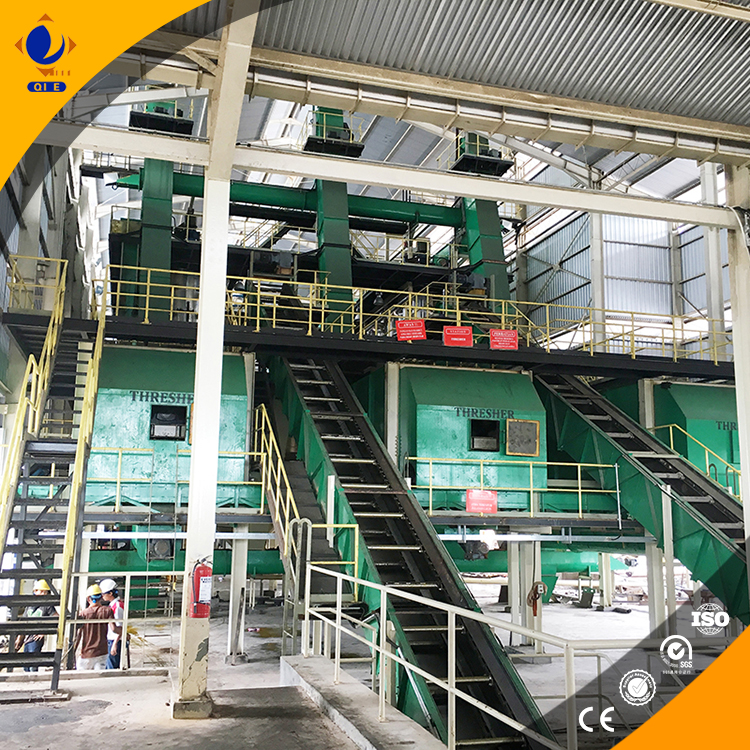
Selecting the right palm kernel oil production equipment for your throughput demands is vital for operational efficiency and maximizing return on investment. Whether your facility operates at a modest 5 tons per day or scales up to 500 tons daily, aligning equipment configurations with your production needs is the key to unlocking stable yield, energy savings, and low residual oil content (≤1%). This guide leverages international-grade refining technologies and fully automated control systems inspired by pioneering industry leaders to help you make informed decisions.
Your choice should start by mapping your daily production volume to appropriate machinery configurations. Below is an overview of equipment recommendations by capacity class:
| Capacity Range (Tons/Day) |
Recommended Model Type | Key Parameters | Energy Efficiency |
|---|---|---|---|
| 5-50 | Compact Modular Extraction Unit | Solvent recovery rate ≥ 98%, Residual oil ≤ 1% | Low fuel consumption, automatic parameter control |
| 50-300 | Semi-Continuous Extraction Line | Enhanced solvent circulation, Process automation level ≥ 70% | Optimized thermal efficiency with heat recovery |
| 300-500 | Fully Automated High-Throughput Extraction System | Continuous solvent extraction, Real-time monitoring | Integrated energy-saving modules; residual oil ≤ 1% |
Ensuring your installation adheres to technical standards is equally critical. From site layout to electrical safety, every detail influences long-term performance.
Proper adherence to these norms can significantly reduce incidents such as temperature fluctuations or solvent residue, common pitfalls during startup.
During commissioning, anticipate and swiftly handle common challenges:
| Issue | Cause | Recommended Solution |
|---|---|---|
| High solvent residual in meal & kernel | Insufficient extraction time or equipment parameter mismatch | Adjust cycle time; fine-tune solvent ratio and extraction pressure |
| Temperature instabilities | Malfunctioning sensors or inadequate thermal insulation | Replace or calibrate sensors; improve insulation and heating units |
| Lower than expected oil yield | Improper raw material preparation or equipment clogging | Ensure raw material quality; schedule regular cleaning protocols |
Maintaining peak performance requires disciplined attention to routine checks and preventive care:
Such reliability practices significantly extend equipment lifespan and ensure consistent oil quality, suitable for diverse global markets—from complex Asian tropical environments to remote South American facilities.

Our experts are ready to assist you in engineering tailored configurations that align precisely with your operational goals and environmental conditions. Discover how advanced automation and internationally certified components can future-proof your investment.
Get Your Customized Palm Kernel Oil Equipment Assessment TodayEncountered any unique challenges with your palm kernel oil production line, or have specific technical questions on equipment installation or operation? Leave your questions below to join a community of professionals committed to operational excellence.

Your success in palm kernel oil production starts with the right equipment and expert guidance. Explore the possibilities with us.


